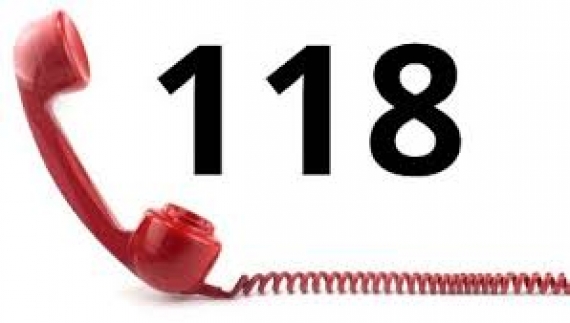راهنمای تلفنی 118 مخابرات، یکی از مرجع های دولتی در ایران است که برای راهنمایی و دستیابی آسان به اطلاعات و شماره تلفن های مشترکین حقیقی و حقوقی موجود در ایران به وجود آمده است. مرکز تلفنی 118 تبریز، وابسته به شرکت مخابرات ایران می باشد و زیر نظر سازمان وزارت ارتباطات و فناوری اطلاعات می باشد. شماره 118 تبریز، که یکی از عمومی ترین و شناخته شده ترین شماره های ضروری در بین ایرانیان است.
بر اساس گزارش های موجود، روزانه نزدیک به یک میلیون تماس به مرکز 118 تبریز انجام می گیرد، همچنین در مقابل نزدیک به پانصد هزار بازدید از سامانه ی اینترنتی 118 تبریز انجام می گیرد.
شهروندان عزیز تبریزی، برای تماس با مرکز راهنمای 118 تلفنی تبریز می توانند با شماره گیری 118 بدون پیش شماره به شماره تلفن مورد نظر خود به سادگی دست پیدا کنند؛ همچنین مشترکین تلفن همراه هم بدون نیاز به پیش شماره 0413 می توانند با شماره گیری 118 اقدام به تماس با 118 تبریز نمایند.
لازم به ذکر است سامانه مشاغل تبریز 118 هیچ مشارکت و فعالیت زیرمجموعه ای با 118 تلفنی مخابرات نداشته و فعالیتی کاملا مجزا و متفاوت از مجموعه ی نامبرده دارد.


